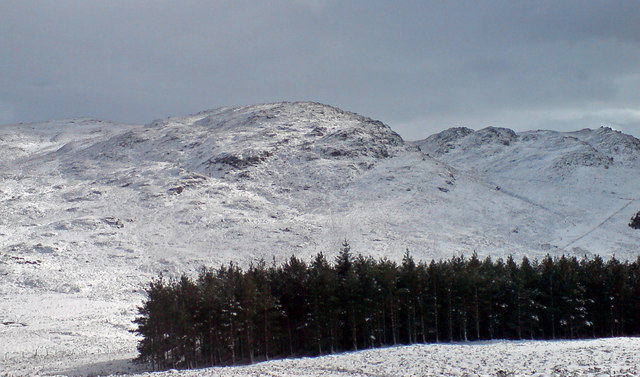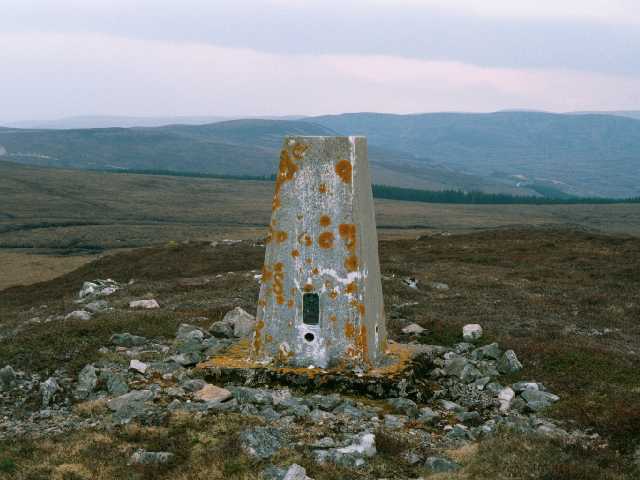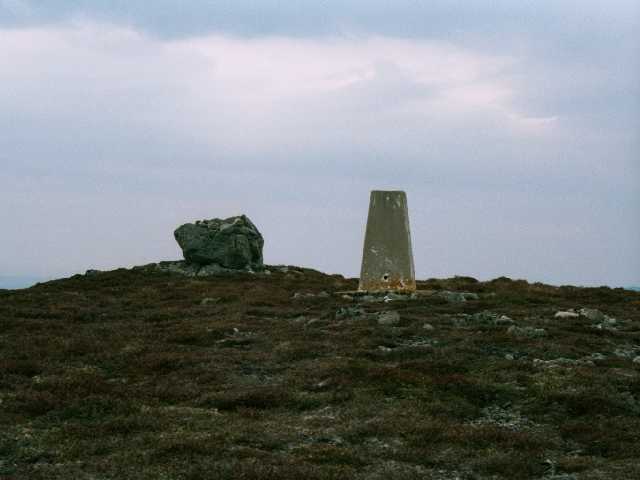Beinn Dubh
Hill, Mountain in Inverness-shire
Scotland
Beinn Dubh
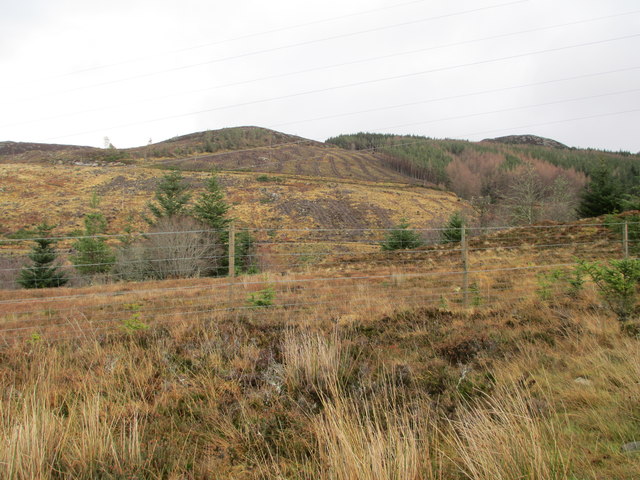
Beinn Dubh is a prominent hill located in Inverness-shire, Scotland. Standing at approximately 657 meters (2,156 feet) high, it offers stunning panoramic views of the surrounding countryside, including the nearby Loch Ness. The hill is a popular destination for hikers and outdoor enthusiasts, with several trails leading to the summit.
Beinn Dubh is known for its rugged terrain, characterized by steep slopes and rocky outcrops. The hill is covered in a mixture of grasses, heather, and shrubs, providing a habitat for a variety of wildlife including deer, birds, and other small mammals.
The summit of Beinn Dubh offers breathtaking views of the surrounding landscape, with the rolling hills of Inverness-shire stretching out in all directions. On a clear day, it is possible to see as far as the Cairngorms and the Isle of Skye.
Overall, Beinn Dubh is a challenging yet rewarding hike for those looking to experience the beauty of the Scottish Highlands. Its remote location and natural beauty make it a must-visit destination for outdoor enthusiasts in the area.
If you have any feedback on the listing, please let us know in the comments section below.
Beinn Dubh Images
Images are sourced within 2km of 57.366048/-4.1479046 or Grid Reference NH7032. Thanks to Geograph Open Source API. All images are credited.




![View SouthWest from Beinn Dubh Summit Beinn Dubh is a very common hill name in Scotland. Translated from the Gaelic it simply means &#039;black hill&#039;.
The Walk Highlands website has an audio recording of a fairly elderly sounding gentleman reading out the names of all Scotland&#039;s notable hills (ie the ones that are on the most commonly used hill-bagging lists). Translations are given for the Gaelic names too. The pronunciations take some getting used to as the letters used often seem to have no relation whatsoever to the sound of the word (viewed from an English-speaking perspective of course!)
This hill isn&#039;t important enough to be on anything more than minor hill lists, but there are more important Beinn Dhubs around. So I know that it should be pronounced &#039;Bain [rhyming with rain] Doo [rhyming with too]&#039;.
Lots of hills in Scotland start with &#039;Ben&#039;, the most famous example being Ben Nevis of course. This is simply an anglicisation of the old Gaelic word &#039;Beinn&#039;, sometimes spelt &#039;Bheinn&#039;.](https://s1.geograph.org.uk/geophotos/06/86/29/6862989_d4ef0d10.jpg)

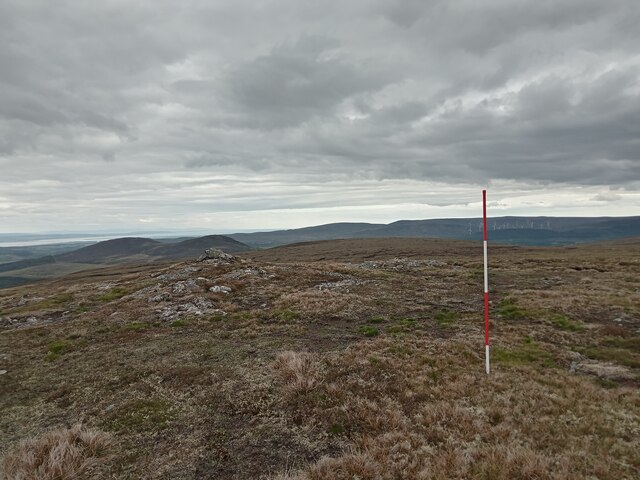

Beinn Dubh is located at Grid Ref: NH7032 (Lat: 57.366048, Lng: -4.1479046)
Unitary Authority: Highland
Police Authority: Highlands and Islands
What 3 Words
///swims.snug.tequila. Near Milton of Leys, Highland
Nearby Locations
Related Wikis
Inverernie
Inverernie (Gaelic: Inbhir Fhearna) is a small settlement, with a local shop, within Farr and the wider area of Strathnairn in the Highlands of Scotland...
Farr, Strathnairn
Farr (Gaelic: Fàrr) is a large area in Strathnairn, about 12 kilometres (7.5 mi) south of Inverness, in the Highland of Scotland. Much of the area is spread...
Strathnairn
Strathnairn (Gaelic: Srath Narann) is an area of the Scottish Highlands approximately 8 miles southwest of Inverness, bordering the Monadhliath Mountains...
Balnafoich
Balnafoich (Scottish Gaelic: Baile na Faich meaning Township of the Green Field) was once only a small croft, but is now a little settlement lying 7 miles...
Nearby Amenities
Located within 500m of 57.366048,-4.1479046Have you been to Beinn Dubh?
Leave your review of Beinn Dubh below (or comments, questions and feedback).





